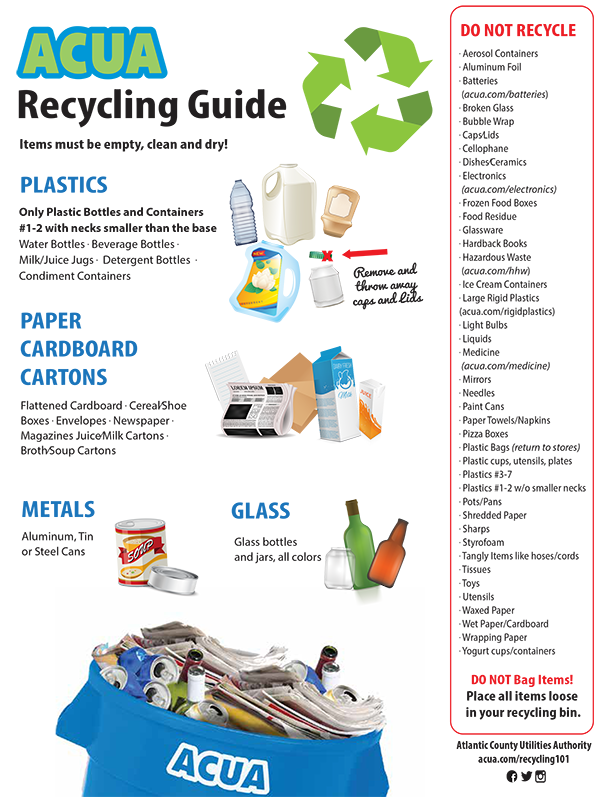Jul 02, 2019
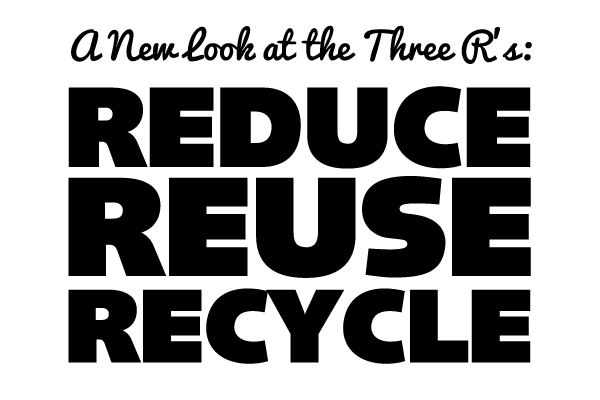
As the recycling industry implements changes across the globe, there has been a renewed focus on the hard-to-recycle items and habits contributing to the waste stream.
Headlines about plastic waste and fluctuations in the recycling industry have brought awareness to the impact single-use products and our daily habits have on the planet. This blog post is the last of a three-part series covering REDUCE, REUSE and RECYCLE to create a more sustainable environment.

How Recycling Works in Atlantic County
When you put an item in your recycling bin, the recycling process is just beginning. This first step is the start of a complex process that takes items on a global journey to be remade into something new.
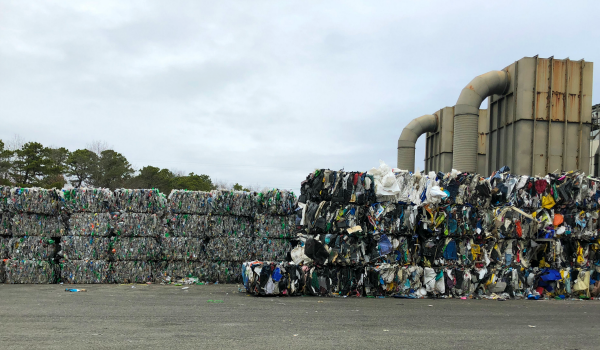
Bales of recyclable materials outside the ACUA Recycling Center ready to be sent to market.
The History of Your Local Recycling Program
Recycling was mandated by the State of New Jersey in 1987. ACUA was designated to manage the recycling program in Atlantic County and has been providing the service since 1988.
For 20 years, ACUA processed and marketed the recycling that was collected throughout Atlantic County to paper mills, plastic and metal recyclers around the globe.
As the industry changed from dual-stream to single-stream recycling, ACUA looked for outside partners to upgrade the existing recycling center and take on the responsibility for sorting and marketing the materials.
In 2010, ACUA contracted with Hudson Baylor Corporation, now Republic Services, to take on this role.
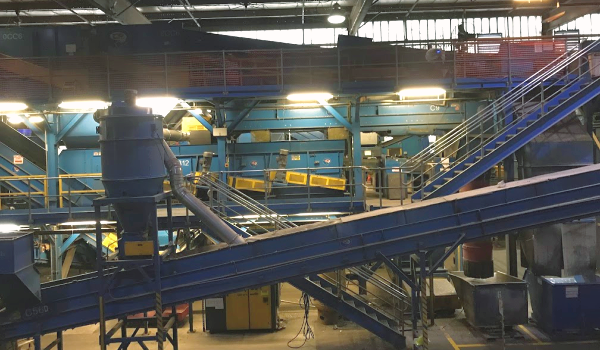
The Materials Recovery Facility (MRF) operated by Republic Services.
What Happens After Your Items Are Retrieved
After materials come here, they are sorted on a series of automated machines as well as by the hands of Republic Services employees.
Once sorted, the materials are baled and sent to various mills and manufacturers in the U.S. and around the globe to be made into new products. This is a key component of recycling that many people often forget: it takes companies who are willing to reuse these materials in new items to complete the recycling process.
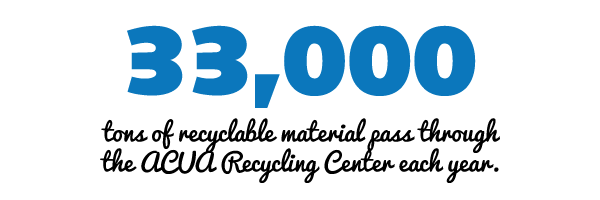
Changes in Guidelines
ACUA recently announced several changes to our recycling program. The most notable change regards plastics. ACUA will now only accept #1 and #2 plastic bottles, jugs and containers that have necks smaller than their bases. The reason for the issue is complex but relates to the changes in global recycling markets. These types of plastics represent what is most used by manufactures to remake new items.
ACUA continues to accept cardboard, paper, shelf-stable and refrigerated cartons, glass bottles and jars and metal cans—which make up a large portion of the items we use every day.
Republic Services ships sorted materials to available manufacturers in the U.S. and overseas to global manufacturers. China, a worldwide leader in manufacturing, used to receive 45 percent of the world’s plastics for recycling. Over the past few years, China has imposed strict regulations for imports of recycling material. One regulation sets a contamination level for imported bales of recyclables at 0.5 percent, which is nearly impossible to meet with current recycling practices.
Contamination refers to: food or residue left behind in containers; unaccepted items that are included through “wishcycling”; and items like hard-to-recycle plastics #3-7 that are made of low-grade material. ACUA’s facility has an average “contamination” rate of 15 percent, meaning of the 33,000 tons of material collected, 4,590 tons is not actually recyclable or too contaminated to be reused.
How the Industry is Adapting
To meet the current challenges, sorting facilities are upgrading equipment and investing in technologies to improve separation of materials. The industry, including ACUA, is also increasing education and outreach efforts to ensure residents only place items in the bin that are truly recyclable.
Many people have questioned why the U.S. has sent so much of its recyclables to China rather than domestic markets. The answer is there are not enough domestic markets to currently handle the amount of recycling the U.S. produces. However, there has recently been a resurgence in interest to grow domestic markets for recyclable material.
There have also been pledges from leading manufacturers to rethink the life-cycle of products and packaging and reduce reliance on single-use material.
Is It Still Worth It?
YES. There are still sustainable paths for the items on our accepted list to be remade into new items. Each time these items are recycled, energy, emissions, water and fossil fuels are saved.
While the change to accepted plastics may seem drastic, the items we removed from our list only represent approximately five percent of the entire recycling stream. And, there are still many homes, businesses and schools who do not recycle at all! If we focus on recycling all the accepted items we can, recycling will continue to be sustainable and well worth the effort.
How You Can Help
It takes all parties participating in the system to make recycling work. Our individual contribution starts with the items we place in the recycling bin. We ask that you only recycle the items mentioned in our guidelines. It hurts the entire process to include other items you think should be recycled but are not accepted. Contamination can cause entire bales to be rejected.
Click here for a downloadable version of our recycling guidelines.
